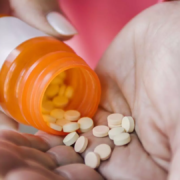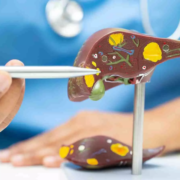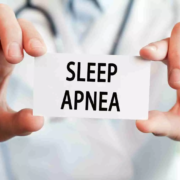Study Reveals ABO Blood Group Incongruence Linked to Lower Risk of Newborn Infections After 90 Days

Canada: A recent cohort study published in JAMA Network Open has examined the relationship between maternal-newborn ABO blood group incongruence and the risk of bacterial infections in newborns.
The study found no link between maternal-newborn ABO blood group mismatches and the risk of bacterial infections in newborns during the first 30 and 7 days after birth. However, such mismatches were associated with a reduced risk of bacterial infection within the first 90 days of life.
Newborn immunity is primarily dependent on the transfer of antibodies from mother to fetus during pregnancy. While mismatches in ABO blood groups between mothers and their infants may offer some protection against serious infections, there is a lack of specific data regarding bacterial infections in newborns. To address this gap, Emily Ana Butler, Child Health Evaluative Sciences, The Hospital for Sick Children, Toronto, Ontario, Canada, and colleagues aimed to explore the relationship between maternal-newborn ABO blood group incongruence and a reduced risk of bacterial infections in newborns.
For this purpose, the researchers conducted a cohort study using linked patient-level datasets of all singleton live births in Ontario, Canada, from January 1, 2014, to December 31, 2020. The study focused on maternal-newborn pairs with known ABO blood groups. Data analysis occurred between February and May 2024.
The primary outcome measured was bacterial infection in newborns within 30 days of birth, with secondary outcomes at 7 and 90 days. Modified Poisson regression was used to calculate adjusted relative risks, accounting for neonatal sex and preterm birth.
A total of 138,207 maternal-newborn pairs were analyzed. The findings include:
- Maternal Age: Average age was 31.8 years for those with ABO blood group incongruence and 31.5 years for those with congruence.
- Newborn Gestational Age: Average gestational age was 38.5 weeks for the incongruent group and 38.4 weeks for the congruent group.
- Gender Distribution: 51.3% of males in the incongruent group and 51.9% in the congruent group.
- ABO Blood Group Distribution: 37,953 pairs (27.5%) had ABO blood group incongruence, while 100,254 pairs (72.5%) had congruency.
-
Bacterial Infections Within 30 Days:
- Incongruent group: 328 infections (8.6 per 1,000).
- Congruent group: 1,029 infections (10.3 per 1,000).
- Adjusted relative risk (ARR) for infection: 0.91.
-
ARRs for Bacterial Infections:
- Within 7 days: 0.89.
- Within 90 days: 0.86.
“The findings showed that maternal-newborn ABO blood group incongruence did not correlate with a reduced risk of infection within the first 30 or 7 days after birth. However, there was a noted association indicating that incongruence was linked to a lower risk of bacterial infection in infants within 90 days of birth,” the researchers concluded.
Reference:
Butler EA, Ray JG, Cohen E. Maternal-Newborn ABO Blood Groups and Risk of Bacterial Infection in Newborns. JAMA Netw Open. 2024;7(10):e2442227. doi:10.1001/jamanetworkopen.2024.42227
Powered by WPeMatico





















